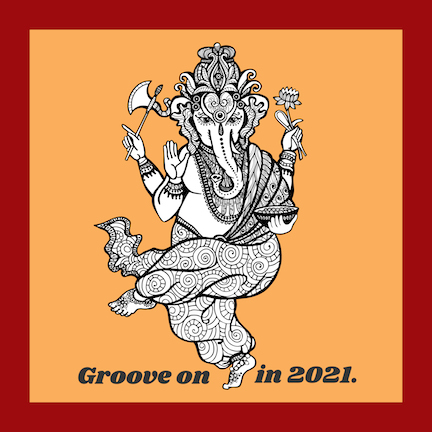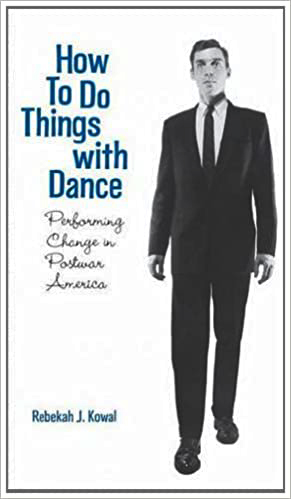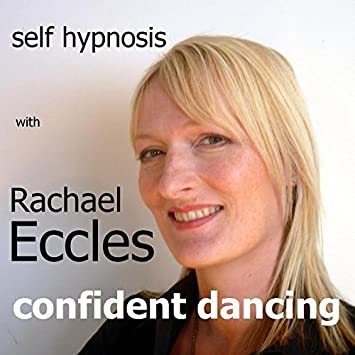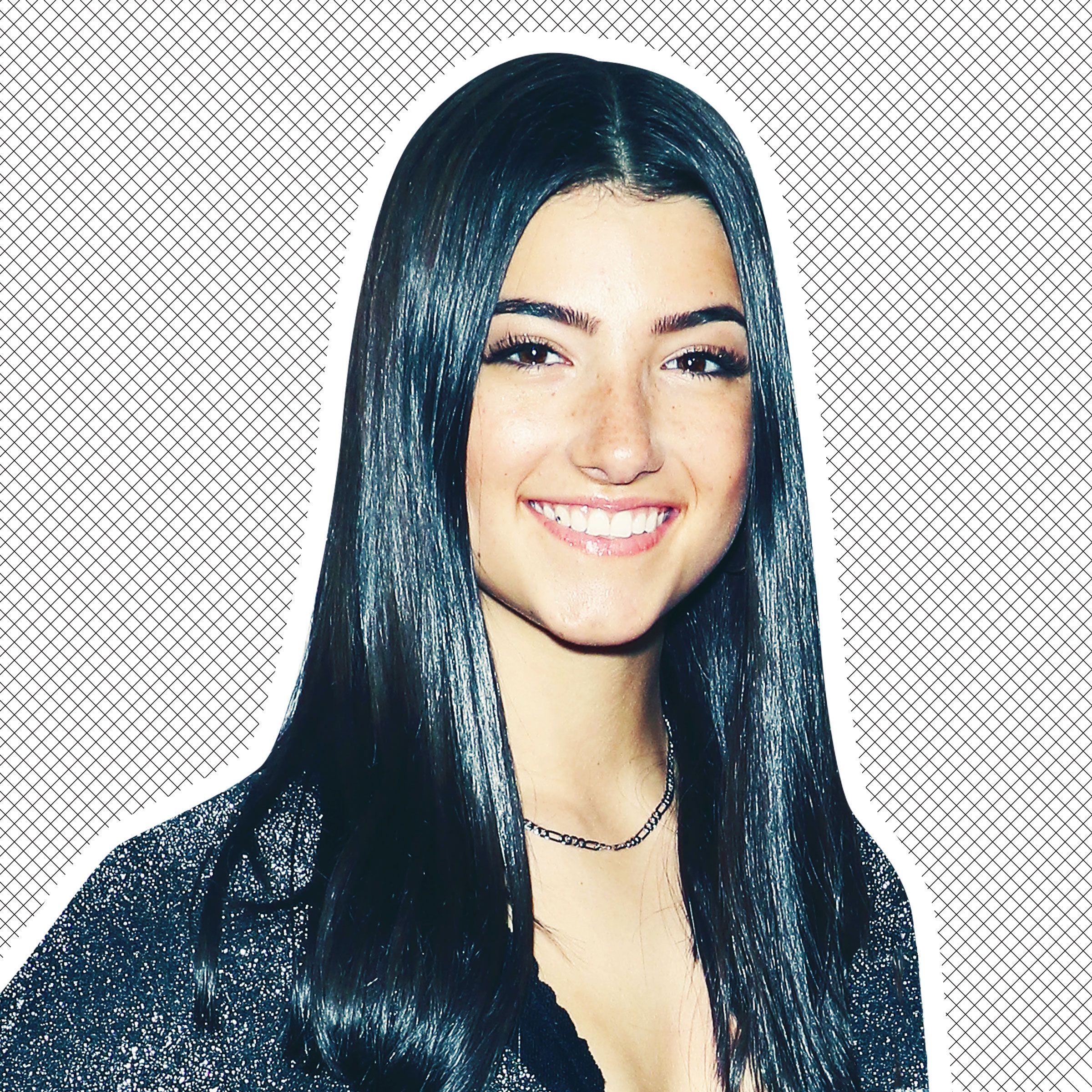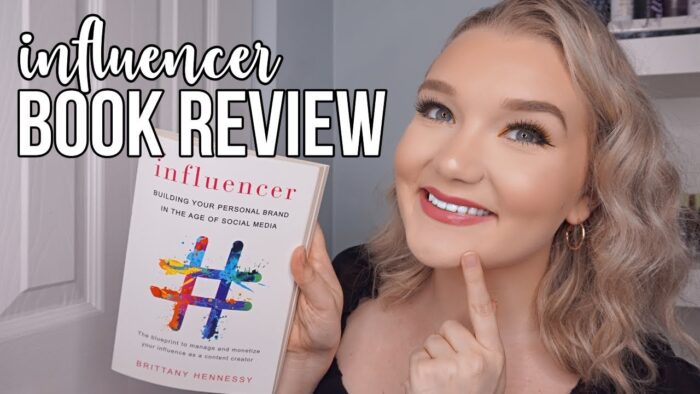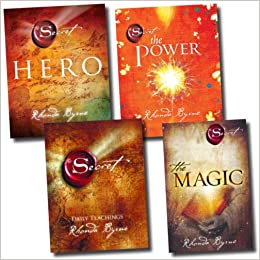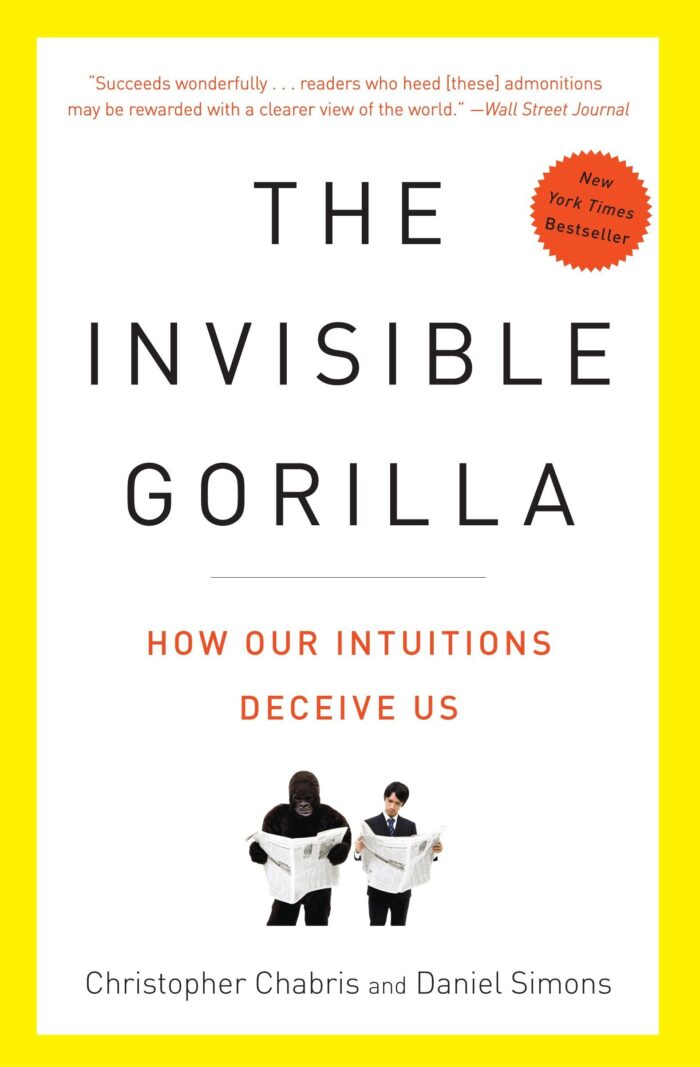Brand new year, same old pandemic. With no end in sight for social distancing, lockdowns and work/eat/study/everything-from-home, how can you survive countless more months before your vaccine is ready with your sense of wellbeing — and humor — in tact?
Our suggestion? While continuing to isolate in your apartment, cabin or RV, why not try the “Holy Moly Doughnut Shop.” Or the “Spooky Scary Skeletons.” Or “The Smeeze.”
We’re speaking, of course, about getting your groove on. Sure, dancing might not be the first thing that comes to mind when pulling off the covers and facing another Blursday, especially if you’re not 16 years old and monitoring TikTok 23 hours a day. But just because you’re a decade (or more) out of high school doesn’t mean you shouldn’t dust off your best moves and take every opportunity to go full out to the music.
To start, think of the positive effects on your body. According to Dr. Nick Smeeton from the University of Brighton, when you’re doing The Whoa, The Swagg Bouncee or The Cosby Walk, you expend more than 300 calories every half-hour, equal to a run or swim. All of that starting, stopping and changing directions burns a ton of fuel even though you’re not covering a lot of ground. The up-and-down and side-to-side movements of dance may likewise activate and train many of your body’s little support muscles and tendons.
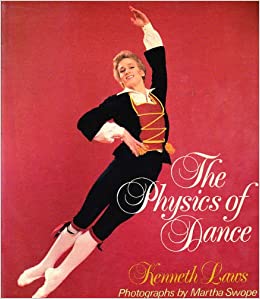
The psychological benefits are also impressive. Research dating back to the 1980s supports the idea that dancing can curb anxiety. Some shrinks have prescribed dancing as an effective therapy for those who suffer from social anxiety or fear of public speaking.
The idea: if you can loosen up enough to do The Renegade in front of strangers, you’re a lot less likely to feel self-conscious when hanging out or speaking in front of an audience. Posting a video of yourself attempting to follow Charli D’Amelio’s moves is a good way to ease into the practice.

It doesn’t matter what you dance to — the latest Dua Lipa song, or something a little more retro. Get those helicopter hands working, and we’ll see you…hopefully sooner than later.
NOTE: In truth, any music that makes you tingle in a good way contributes to SuperOptimism. Except for ballet. It’s hard to be SuperOptimistic in overly tight shoes.

